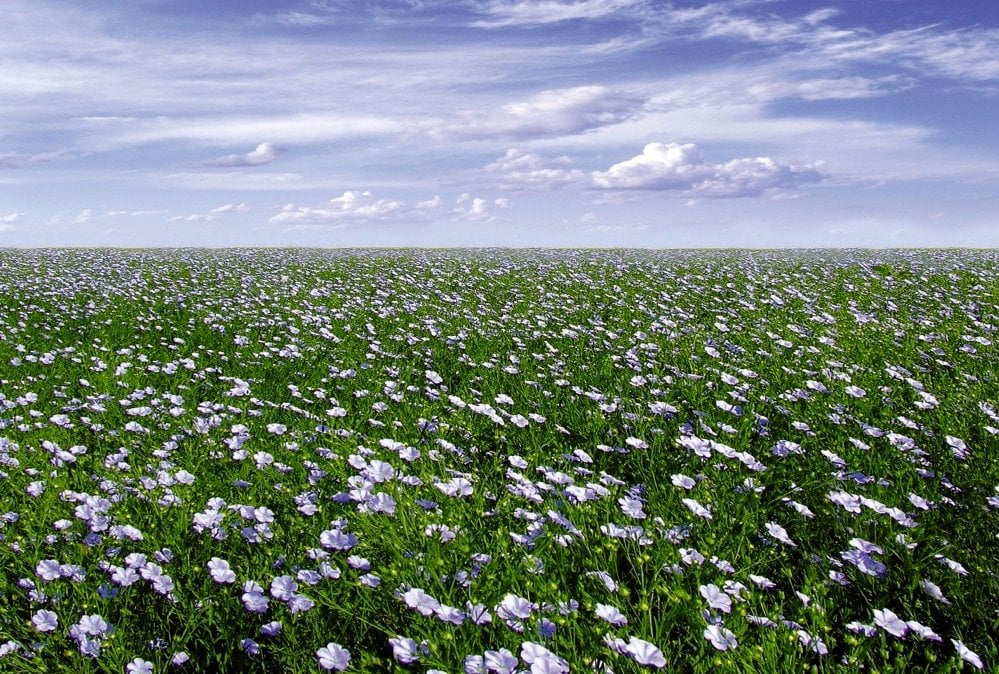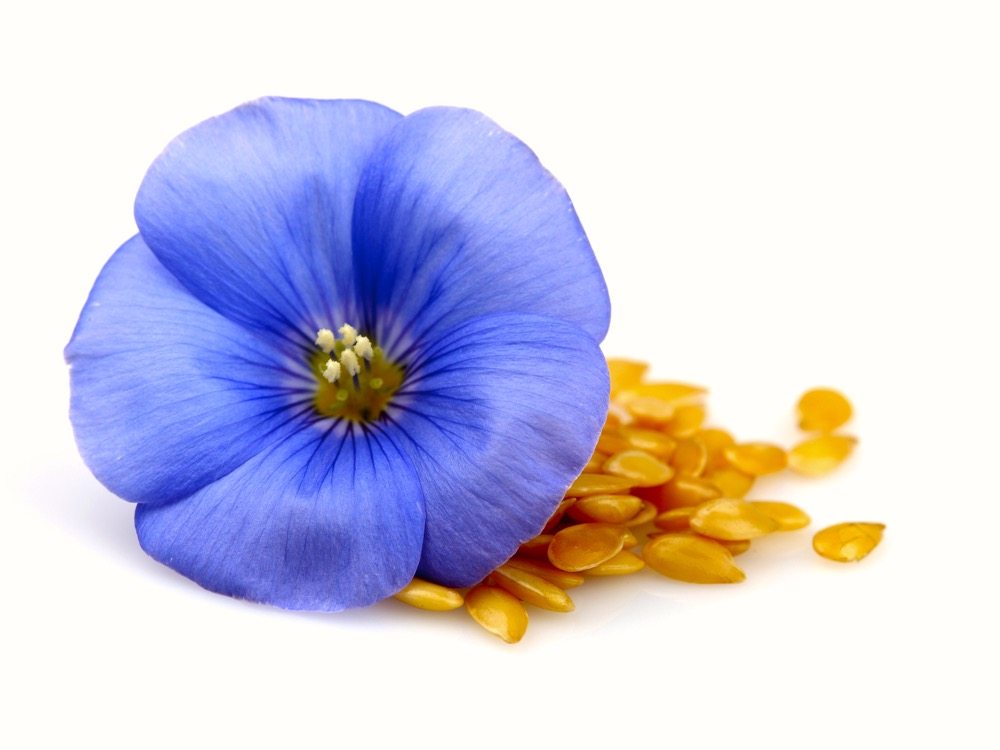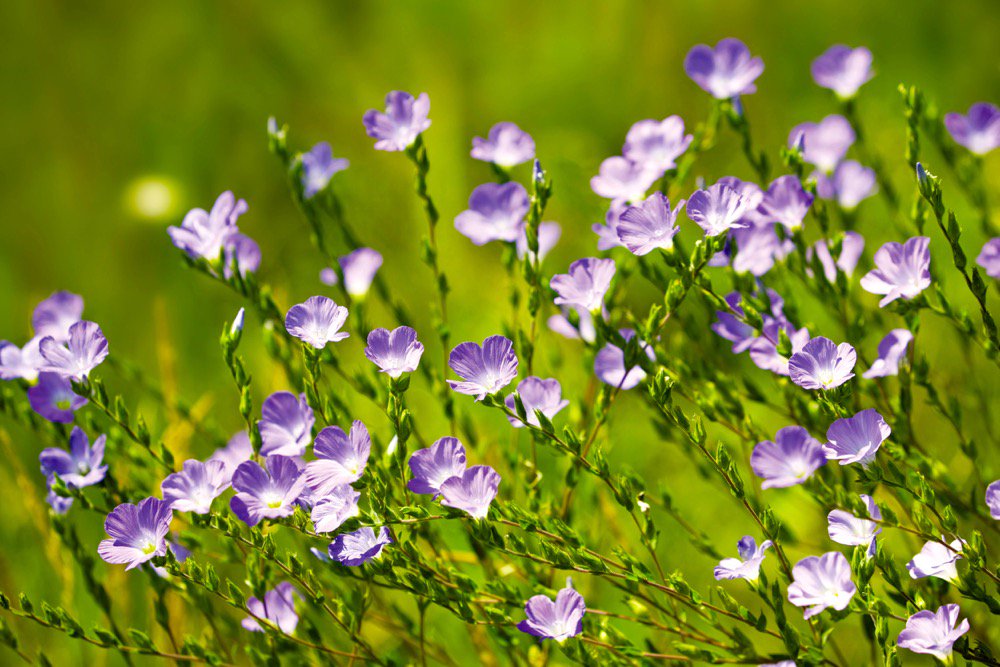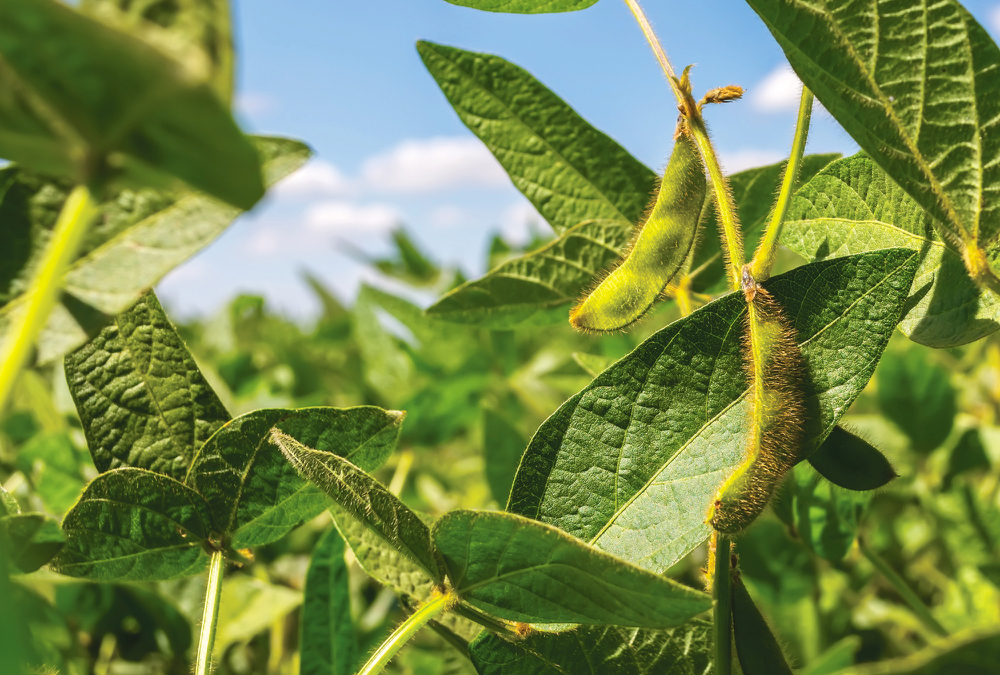Chris Holzapfel

If you count each research plot as a crop, Chris Holzapfel – a research manager for the Indian Head Agricultural Research Foundation – has grown more crops in a few years than most farmers have a chance to grow in a lifetime. Holzapfel’s research includes several different crops, but at a recent Saskatchewan Oilseed Producer meeting Holzapfel focused on flax.
1. Field selection
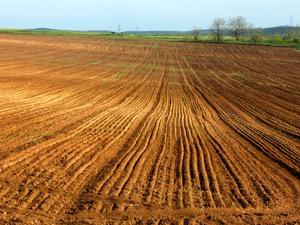
The first step to successful flax establishment is deciding where to plant it. “It is fairly flexible,” Holzapfel says. But, since flax really does well following a cereal crop, “that is usually preferred.” There are also several other options. “We can also do really well on most pulse stubble.”
What Holzapfel does not recommend is planting flax on canola stubble. It just doesn’t tend to yield as well. “Whether that’s a mycorrhizal issue, or some toxicity or a little bit of both, we don’t maybe have all the answers, but the data does fairy consistently say ‘avoid canola stubble.’”
“Flax is mycorrhizal dependent crop,” Holzapfel says. Flax relies on those mycorrhiza to get those less mobile nutrients into its roots.
“Canola doesn’t support those mycorrhizal networks, Holzapfel says” which is why flax doesn’t do well following canola in a rotation. Flax generally has a higher yield when it follows other mycorrhizal crops.
Also, he says, “If you have a field that’s already high in phosphorus, that’s a great place to put your flax.”
2. Choosing a variety
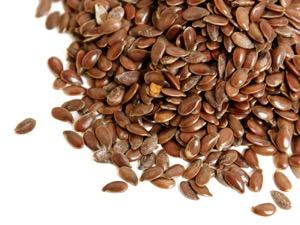
Despite several seasons of testing, Holzapfel doesn’t favour or recommend any particular variety.
However, he does say that there have been a lot of good new varieties released within the past three years, and he’s done the testing to back that up.
In 2013, Holzapfel and his collegeus at Indian Head tested 10 different flax varieties. All of them performed well at his southeast Saskatchewan location. There was very little statistical difference in yields among the 10 varieties.
Then, in 2014, they ran the same test. That year, yields were less than half of the 2013 yields. “There were a lot tougher conditions in 2014,” Holzapfel says.
In 2014, some of the yield differences among the varieties were statistically significant, but when he looked at the relative rankings (comparing the best to worst in each year), they weren’t the same in 2013 and 2014. That is, varieties that would have been ranked “best” one year weren’t the best in the second year of the test.
“Don’t be stuck on any given variety,” he says. Based on his research, Holzapfel says the best source of information about varieties that will suit each farmer’s particular area is the provincial seed guide. Looking at information from just one site in one year is not that helpful. “All it really tells you to look at a field trial in Indian Head in 2015 is, at best, what variety should I have grown in Indian Head in 2015.”
3. Fertility
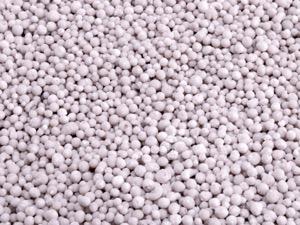
Fertility is important because flax, Holzapfel says, is “not a small nutrient user.”
On average, he says, a 24 bushel per acre flax crop requires a total of: 70 lb N/acre; 20 lb P2O5/ac; 44 lb K2O/ac; and14 lb S/ac. These figures include what’s already in the soil, and the nutrients that are applied.
“If you want a 44 bushel per acre crop, you’re going to have to come close to doubling those nutrient values,” he says.
Flax requires a lot of nutrients, but it is also sensitive to how those nutrients are placed. “If you can avoid seed placing any fertilizer at all with flax, that’s probably your best bet,” Holzapfel says. The provincial recommendations around seed-placed fertilizer say that P2O5 rates above 18 pounds per acre are not recommended. For the most part, Holzapfel says, side-banding is a safer option for fertilizing flax.
4. Setting a seeding rate
The Flax Council of Canada’s publication Growing Flax: Production, Management and Diagnostic Guide recommends a seeding rate between 35 and 45 pounds per acre for maximum yield (adjusted for seed size, germination and fertility.)
Typically, flax yield increases with higher seeding rates. “When we get past about 40 to 45 pounds per acre, that’s when things start to level off.”
4. Setting a seeding rate
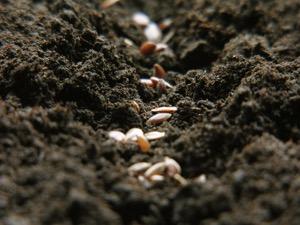
The Flax Council of Canada’s publication Growing Flax: Production, Management and Diagnostic Guide recommends a seeding rate between 35 and 45 pounds per acre for maximum yield (adjusted for seed size, germination and fertility.)
Typically, flax yield increases with higher seeding rates. “When we get past about 40 to 45 pounds per acre, that’s when things start to level off.”
5. Seeding dates
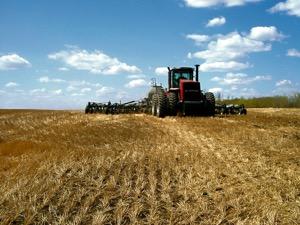
While farmers often seed flax last, generally, early seeding is better. But, Holzapfel says, “Obviously you can’t seed every crop first, so something’s got to be last.”
Because flax is less sensitive to seeding dates, some farmers give it a lower priority at seeding time.
The Flax Council’s guide says, “Flax may be sown up to June 1 with reasonable yield expectations.”
6. Seed treatments
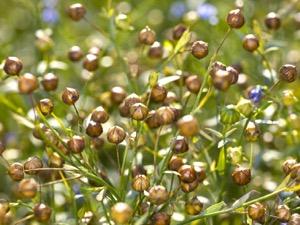
While Holzapfel doesn’t think a lot of flax in Saskatchewan is treated with seed treatments, he does believe it might be something to look to as farmers try to improve the stability of flax yields.
In 2013 trials, Holzapfel did find he “got more plants out of the ground,” when he used a fungicide seed treatment in southeast Saskatchewan.
“It’s worth further exploration,” he says.
Saskatchewan’s 2015 guide to Crop Production lists only one seed treatment for flax: Vitaflo, made by MacDermid Agricultural Solutions. Vitaflo is registered for seed rot, root rot and seedling blight caused by Rhizoctonia solani and Fusarium spp.
In early December 2015, BASF announced registration of Insure Pulse, a fungicide seed treatment for pulses and flax. Its active ingredients are XEMIUM, pyraclostrobin, and metalaxyl.
7. Weed control
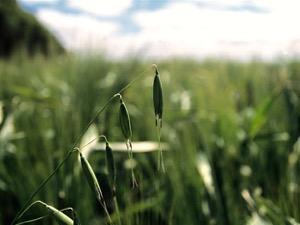
Weed control is important in flax. Holzapfel has run trials using different herbicides in research plots at Indian Head.
But, he says, if you’re fighting Group 1 resistant wild oats on your farm, “you need to bear in mind that there are no in-crop options to control those in flax.”
That might be a case for seeding flax later, Holzapfel says. With a longer window before seeding, you can give the weeds some time to emerge and grow, and then “hit them with your burn-off.”
8. Fungicides
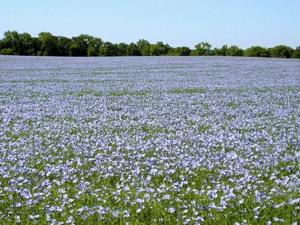
In 2015, there were three foliar fungicides registered for flax and listed in Saskatchewan’s Guide to Crop Production. These were BASF’s Headline EC (active ingredient pyraclostrobin) for control of pasmo; BASF’s Priaxor (active ingredients pyraclostrobin and fluxapyroxad) for control of pasmo and suppression of sclerotinia stem rot; and Bayer’s Proline 480 SC (active ingredient prothioconazole) for control of sclerotinia stem rot.
If you’ve decided to use a fungicide during the growing season, it can be hard to decide exactly when to apply it, Holzapfel says. Because the plants lose flowers every single day, it’s hard to tell when the crop is in full bloom.
His method, he says, is to “get a good sense on when that crop actually starts producing flowers.”
Once he sees flower production, he plans his fungicide application for seven to 10 days later.
In flax, “Pasmo is typically the disease that causes yield losses.” Pasmo can be controlled mid-bloom, but Holzapfel reminds farmers that they’ll only get the benefits of fungicide if the disease is in the field.
It is possible to scout for Pasmo, but some years, the decision to apply a fungicide or not is “not a really easy decision to make,” he says. “There’s a lot of years when we’re really close to break-even with that fungicide.”



